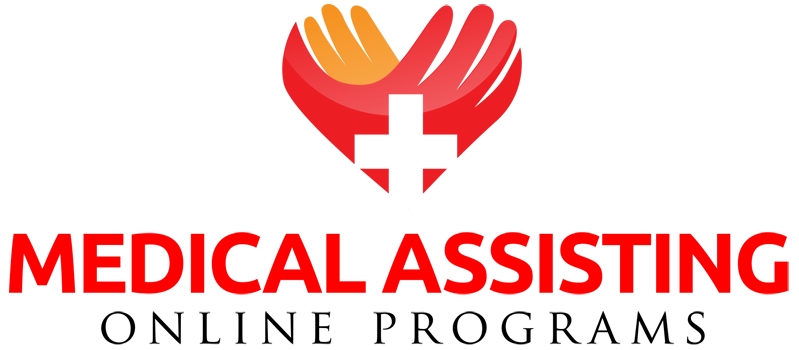The American health care system has been altered by the implementation of the Affordable Care Act which Congress passed in 2010. This is a most significant change in health care regulation across the nation in the hopes of providing better quality and access to care for individuals that are ailing. This has altered the relationships between providers and insurance carriers at every level.
Reorganization this complex takes quite a bit of time yet some obvious opportunities are opening up. With an ever increasing number of citizens eligible for professional health care new opportunities to meet their needs are surfacing. The increasing patient pool has not altered the number of doctors and nurses to care for them. These professionals are going to need assistance from individuals with advanced training. This immediate pressure is where the term medical assistant emerged.
A medical assistant requires special training and licensing to provide certain types of medical care to a growing number of patients. The American Medical Association (AMA) has established that two organizations have the authority to license these medical assistants. The American Association of Medical Assistants (AAMA) grants the recognition known as Certified Medical Assistant (CMA).
The American Technologists (AMT)
AMT grants recognition of Registered Medical Assistant (RMA). Each of these recognitions is based on a an established curriculum and final examinations to verify individual achievement.
Both of these organizations also require extensive ongoing education for the CMA and the RMA to keep them abreast of contemporary research and professional practice. While these two designations are accepted by the AMA, this does not keep others out of the role of legitimizing the individual desiring to become a medical assistant. Local states often aim to protect their citizens by posting qualifications to use this title and requiring registration, fees and sometimes testing.
The National Certified Medical Assistant
NCMA also grants recognition which is recognized only by some health care providers, but by no means all practices. The recommend their people use the designation NCMA to distinguish themselves from the other groups. This plethora of agencies and regulations puts quite a burden on the young person desiring to enter the medical assistant field. Those already practicing and desiring certification have fewer options.
The AMT might still be accepting 5 years of experience to get their recognition, but this could change soon. Some people do enter the medical assistant field as a step to further education as a nurse or doctor. Looking at the career path that opens for the medical assistant can open one’s vision for a lifetime of caring for others and learning to care in ever more complex ways.
However, most newcomers to the field are interested in preparing for stable employment. Today many students need to take out a loan for their education, so it is essential that the decisions they make open to employment opportunities that will facilitate its repayment. That means you need to look seriously at the programs required for recognition as a CMA or an RMA since these are the most credible.
The CMA program works with a couple of agencies that set standards are holding schools accountable for their curriculum and student performance. The RMA program appears less rigorous. In reading the various blogs some report that the CMA will get a significantly higher salary than the RMA, but like any job that could easily depend on social skills as much as training.
The medical assistant is qualified to work in a variety of situations where patients need to be readied to see the physician. Whether in community clinic, a health care center or a small rural doctor’s office, the medical assistant will greet the patient and take them to the examination room where they will interview the patient and collect the information necessary for the doctor to look at before he enters. After the visit with the doctor the medical assistant can return to make sure the patient understands the tests requested or the medicines to be taken.
Other ways that medical assistants help physicians are record keeping, inventory maintenance, and general office duties like scheduling and billing. Coding procedures for insurance companies and checking for errors is essential to keeping the physician’s practice in place. Some medical assistants get special training related to specific fields of medicine. This enables them to work in obstetrics or pediatrics with confidence. Others like the management side of the practice and become the office manager or the practice manager working for a group of physicians.Another path might be the academic side, you might look into teaching future medical assistants, or supervising their internships.
Regardless of your specific professional goals if you can see yourself as a medical assistant, do your research before you start school. Don’t just ask what will this education cost, find out the percentage of graduates that have passed their certification exams.
Look for a list of the kind of employers that have hired the school’s graduates and how they are doing five or ten years after graduation. Make the best choice you can before you start school to enjoy your career as a certified medical assistant or a registered medical assistant.
More related articles
Comments
comments









